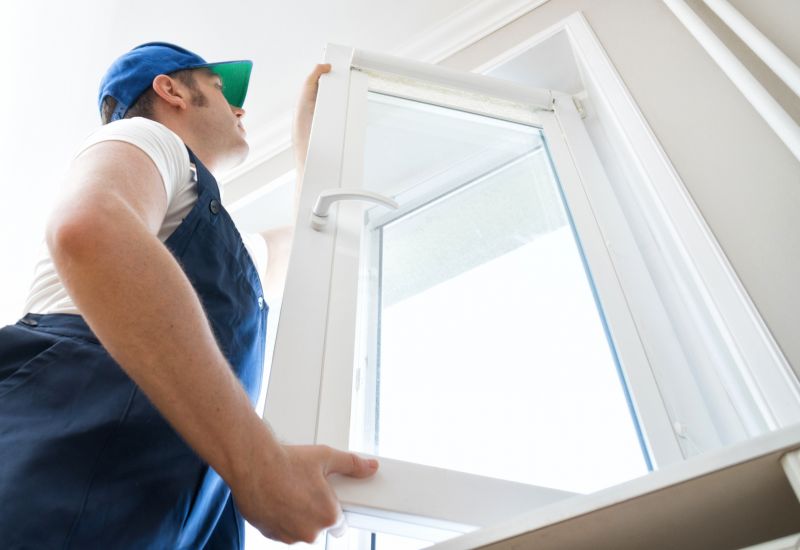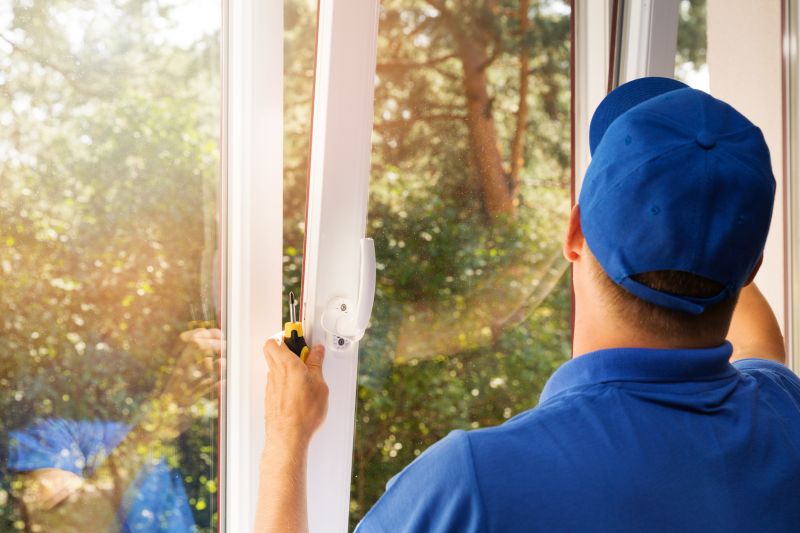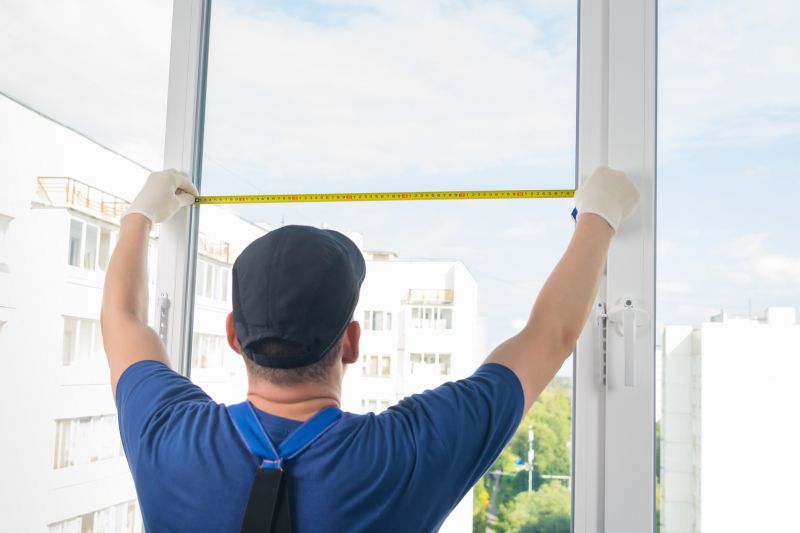Optimal Timing for Windows Installations
Understanding the best time to perform Windows installations can impact efficiency and system performance. Factors such as weather conditions, hardware availability, and user activity levels influence the ideal timing for these updates. Proper scheduling ensures minimal disruption and maximizes the effectiveness of the installation process.
Spring and fall often provide moderate weather, reducing the risk of overheating or hardware issues during installation.
Perform installations during periods of low user activity to avoid interruptions and ensure smooth updates.
Coordinate with hardware availability to ensure all components are prepared and compatible for installation.
Schedule installations when internet connectivity is stable to facilitate updates and data transfer.

Technicians carefully prepare systems for seamless updates.

Ensuring hardware readiness before installation minimizes issues.

Backing up data prior to installation is essential for data security.

Ways to make Windows Installations work in tight or awkward layouts.

Popular materials for Windows Installations and why they hold up over time.

Simple add-ons that improve Windows Installations without blowing the budget.

High-end options that actually feel worth it for Windows Installations.

Finishes and colors that play nicely with Windows Installations.
| Best Time to Install Windows | Reasons |
|---|---|
| Spring | Moderate weather and increased hardware readiness |
| Fall | Ideal for avoiding extreme temperatures and system stress |
| Weekends | Lower user activity allows for uninterrupted updates |
| Evenings | Less network traffic and user interference |
| During Hardware Upgrades | Ensures compatibility and performance improvements |
Windows installations are critical for maintaining system security, improving performance, and ensuring compatibility with new software. Regular updates can enhance security features, fix bugs, and introduce new functionalities. Proper timing of these installations helps reduce downtime and prevents potential conflicts with other system processes.

Optimal conditions reduce the risk of errors during setup.

Choosing the right time minimizes operational disruptions.

Pre-installation checks ensure smooth system upgrades.

Verifying system stability after updates is essential.

Addressing issues promptly maintains system integrity.

Protects important information during system updates.
The duration varies depending on system specifications and update size, generally ranging from 30 minutes to several hours.
Yes, scheduling during evenings or weekends can minimize disruptions to daily operations.
Backing up data is recommended to prevent potential data loss during the installation process.
Compatibility problems, interrupted internet connections, and hardware conflicts are common challenges.
Those interested in scheduling Windows installations are encouraged to contact for further assistance. Proper planning and timing can significantly enhance system performance and security.

